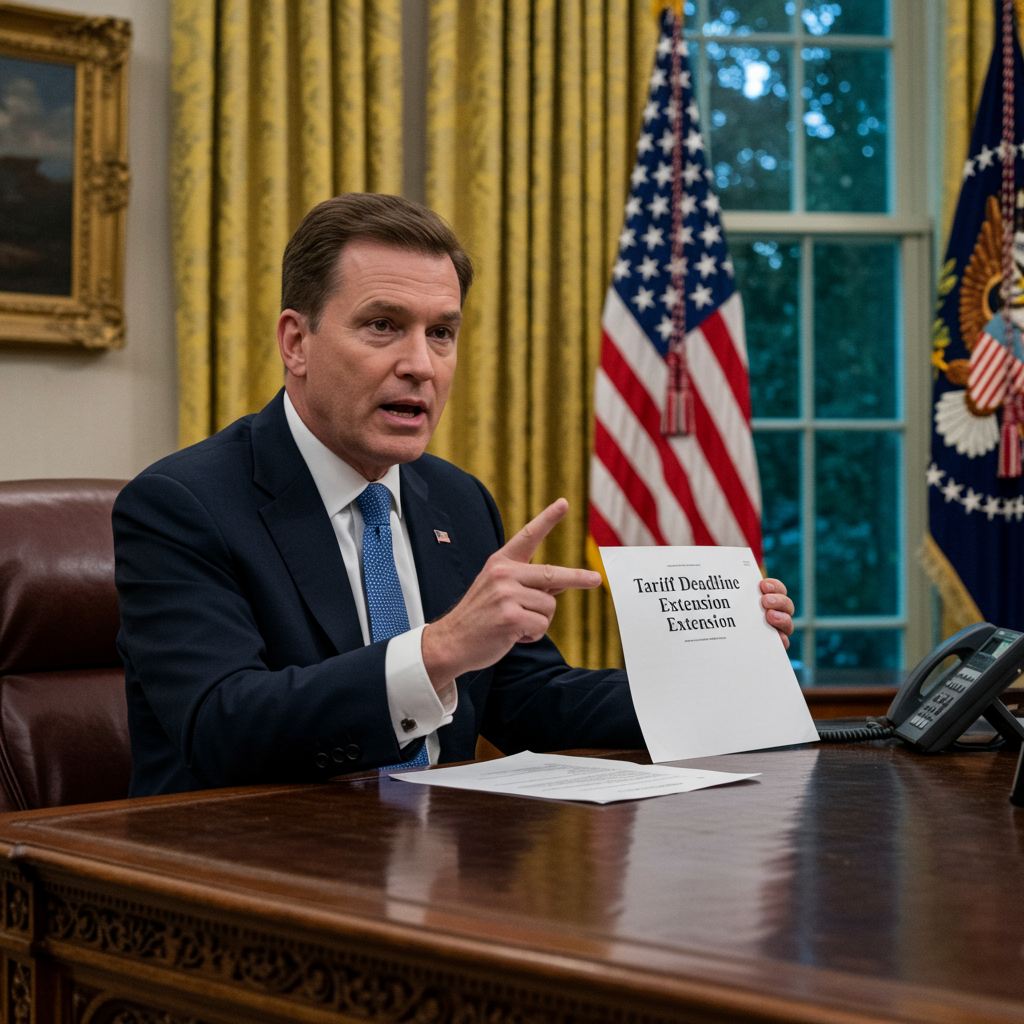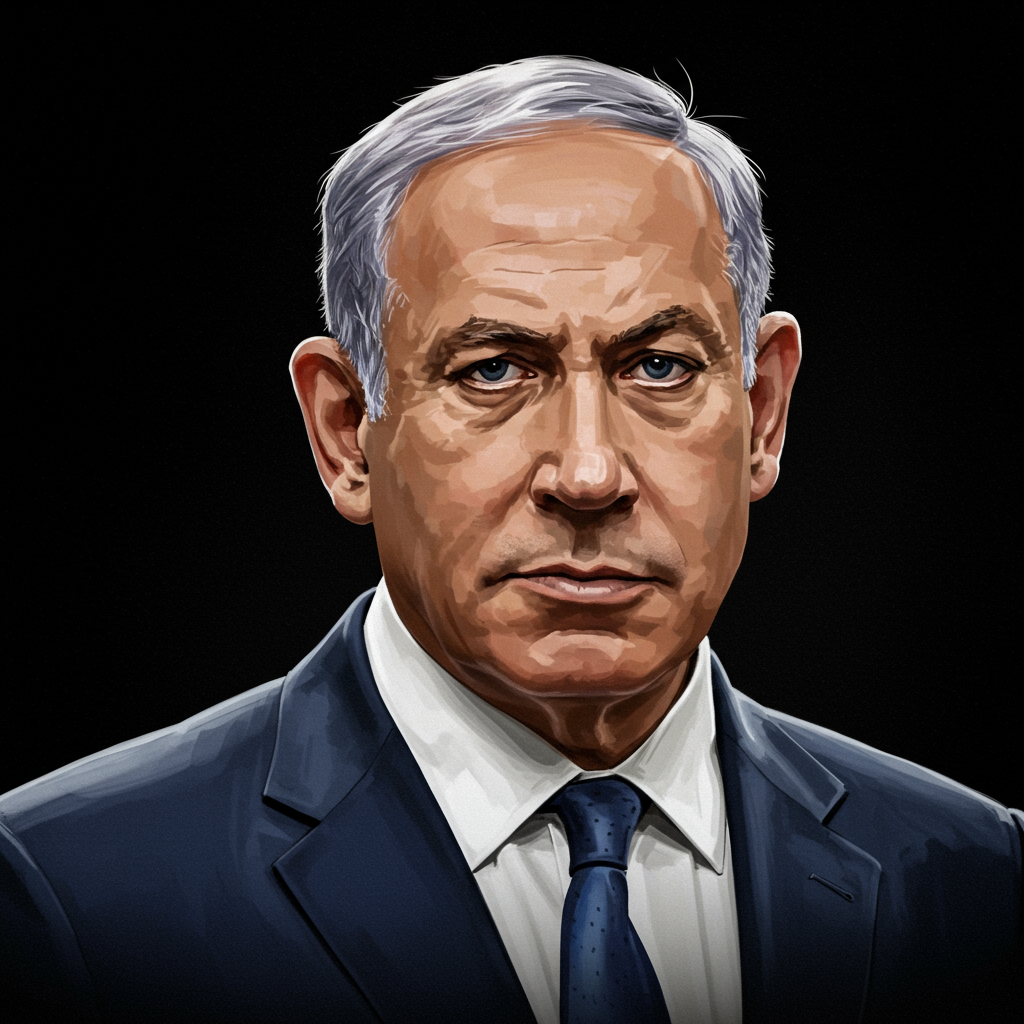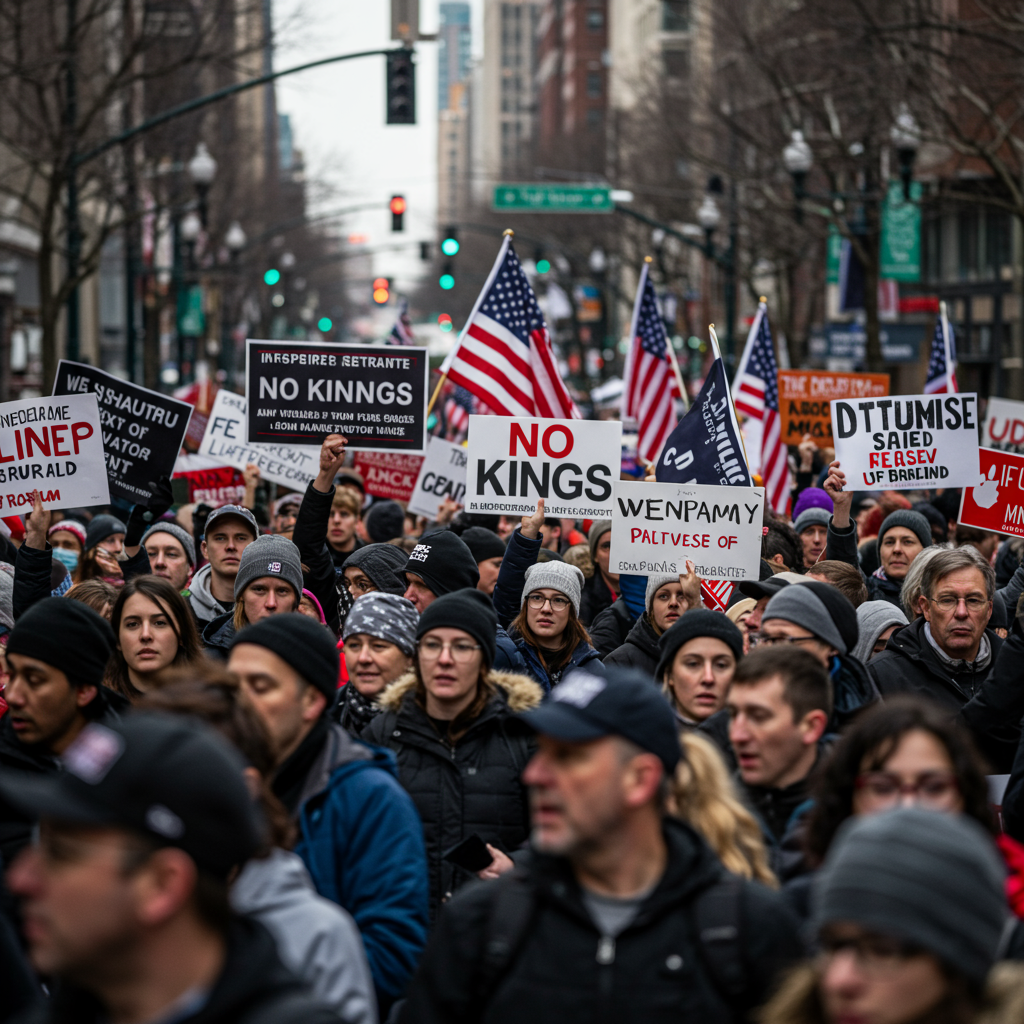A crucial announcement from the White House confirms the extension of temporary modifications to certain reciprocal tariff rates previously imposed by the United States. This move, detailed in a July 7, 2025, Executive order, delays the re-imposition of potentially higher duties for many trading partners, providing additional time for ongoing trade negotiations.
US Tariffs: The Background of Reciprocal Actions
The foundation for these tariffs was laid in Executive Order 14257 on April 2, 2025. In this prior action, the President determined that persistent, large annual U.S. goods trade deficits represented an unusual and extraordinary threat to the nation’s security and economy. This threat, originating significantly from outside the United States, led to the declaration of a national emergency. To address this, the administration imposed additional ad valorem duties considered necessary and appropriate under its authority.
This initial order included a provision acknowledging that the tariff rates could be modified downward or limited in scope. This would occur if trading partners took meaningful steps to address non-reciprocal trade practices and aligned more closely with the U.S. on economic and national security matters.
Initial Modification and the 90-Day Pause
Following the initial imposition, Executive Order 14266, issued on April 9, 2025, introduced a significant modification. Recognizing the “sincere intentions” and willingness of many trading partners to address U.S. concerns, EO 14266 temporarily suspended the original additional ad valorem duties for most countries listed in Annex I of the initial order. A notable exception was the People’s Republic of China (PRC). Instead, a standardized 10 percent additional ad valorem duty was applied to articles from these other trading partners. This temporary suspension was enacted for a period of 90 days, initially set to expire shortly after midnight eastern daylight time on July 9, 2025.
This 90-day period was intended to facilitate intensive trade negotiations. The administration aimed to achieve numerous agreements quickly, although initial ambitious targets were later scaled back. Letters outlining proposed new tariff rates were sent to leaders of various countries, effectively presenting unilateral “deals.”
Extending the Suspension: A New August 1 Deadline
The latest Executive Order, dated July 7, 2025, directly addresses the impending July 9 expiration. Based on new information and recommendations from senior government officials, including updates on the status of discussions with international partners, the administration has determined that extending the temporary suspension enacted by EO 14266 is necessary and appropriate.
The suspension of the originally higher tariff rates is now extended until 12:01 a.m. eastern daylight time on August 1, 2025. This decision provides trading partners an additional three-and-a-half weeks to continue negotiating trade deals with the United States.
The extension applies specifically to the tariff modifications outlined in EO 14266, affecting products from countries previously covered by that order (i.e., most trading partners except China).
Specific Tariff Code Adjustments
To implement this extension, the Harmonized Tariff Schedule of the United States (HTSUS) is being modified. Effective for goods entering or withdrawn from warehouse consumption on or after July 9, 2025, specific HTSUS headings and subdivisions are suspended until the new deadline of August 1, 2025. These include headings 9903.01.43 through 9903.01.62 and 9903.01.64 through 9903.01.76, along with subdivisions (v)(xiii)(1)-(9) and (11)-(57) of U.S. note 2 to subchapter III of chapter 99 of the HTSUS. This ensures the 10% temporary rate remains in effect for the specified goods from applicable countries during the extended period.
The Situation with China Remains Separate
It is crucial to note that the tariff situation concerning the People’s Republic of China is handled under a separate Executive Order (EO 14298 of May 12, 2025). This order addressed tariff rates following discussions with the PRC. The current July 7 Executive Order explicitly states that the separate tariff suspension effectuated by EO 14298 remains in effect and is completely unaltered by this new action. For industries importing from China, existing tariff structures, which for many include a combined rate of 55%, remain unchanged by this extension.
Ongoing Negotiations and Revised Rates
The extension provides a window for countries to finalize negotiations and potentially avoid the re-imposition of the original, often higher, reciprocal tariff rates or face newly announced rates. The administration has already issued letters to at least 14 countries detailing revised reciprocal tariff rates set to take effect on August 1, 2025, should deals not be struck or alternative rates not be agreed upon.
These proposed August 1 rates vary from the initial April 2 figures. Some countries, particularly in Southeast Asia like Cambodia (down from 49% to 36%), Laos (down 8 points), and Myanmar (down 4 points), have seen significant proposed rate decreases. Conversely, countries like Japan and Malaysia saw marginal one-point increases to 25%. Key apparel and textile sourcing nations like Bangladesh face a proposed 35% rate (down 2 points), while Indonesia’s rate remains 32%.
Administration officials have indicated that these new rates are not necessarily final. The letters state that tariffs “may be modified, upward or downward, depending on our relationship.” While President Trump has publicly described the August 1 deadline as “firm,” past instances suggest some flexibility may remain in negotiations. Talks are reportedly ongoing with several partners, including the European Union, which is seeking specific sector exemptions despite signaling willingness to accept a 10% rate, and Canada, which has resumed discussions after addressing U.S. concerns about a digital services tax. India is also actively negotiating, seeking concessions on specific goods while offering market openings. So far, only the United Kingdom (lower auto and removed aircraft engine tariffs) and Vietnam (20% tariff, 40% on transshipped goods) have finalized deals since the April pause.
Broader Trade Landscape
This extension occurs within a wider context of aggressive U.S. trade policy actions. Alongside the reciprocal tariffs, the administration has announced a 50% tariff on copper imports, mirroring existing duties on steel and aluminum. Potential high tariffs (up to 200%) on pharmaceuticals are also being discussed, with a proposed grace period for companies to relocate manufacturing to the U.S. Furthermore, a potential additional 10% tariff looms for countries aligning with the BRICS bloc. These actions collectively highlight a decisive push to reshape global supply chains and trade relationships.
Implementation and Authority
Implementing this tariff extension involves several key government agencies. The Secretary of Commerce, the Secretary of Homeland Security, and the United States Trade Representative are directed and authorized to take all necessary steps. This includes consulting with other senior officials and utilizing powers granted under the International Emergency Economic Powers Act (IEEPA), the primary statutory authority cited for these tariff actions.
Impact and Considerations for Businesses
For businesses involved in importing goods from the affected countries (again, excluding China), this extension offers a brief reprieve from the potential for significantly higher tariff rates that were originally slated to take effect on July 9. However, it maintains the 10% ad valorem duty currently in place under EO 14266 for these products until August 1.
The new August 1 deadline introduces continued uncertainty regarding post-August 1 rates. Businesses should closely monitor official announcements from the USTR and other relevant agencies. Understanding the specific HTSUS codes affected and tracking negotiation outcomes with key sourcing countries is critical for supply chain planning, pricing decisions, and inventory management. The fluid nature of these trade actions requires diligence and preparedness for potential future changes. Legal challenges to the broad use of IEEPA for tariff imposition are also ongoing, adding another layer of complexity.
Frequently Asked Questions
What US Tariff Suspension Was Extended, and Until When?
The temporary suspension of certain additional ad valorem tariff rates, originally put in place by Executive Order 14266, has been extended. This suspension, which applied a 10% duty instead of potentially higher original rates for many trading partners (except China), was set to expire on July 9, 2025. A new Executive Order on July 7, 2025, extends this specific suspension until 12:01 a.m. eastern daylight time on August 1, 2025.
How Does the Reciprocal Tariff Extension Affect Importers?
For businesses importing goods from the countries covered by Executive Order 14266 (most major trading partners except China), the immediate impact is that the 10% additional ad valorem duty continues to apply until August 1, 2025, instead of potentially reverting to higher original rates on July 9. However, this extension is brief. Importers must prepare for potential changes in tariff rates effective August 1, which could involve the re-imposition of original rates or implementation of new, revised rates announced by the administration.
What is the Background of These Reciprocal Tariffs, and Who is Included?
These reciprocal tariffs originated from Executive Order 14257 (April 2, 2025), which declared a national emergency due to large U.S. trade deficits. Additional duties were imposed to address this threat. Executive Order 14266 (April 9, 2025) modified this by temporarily applying a 10% duty for 90 days to most trading partners as they engaged in negotiations. The July 7, 2025, extension covers goods from the countries included in EO 14266 (excluding China). The separate tariff structure for China remains unaffected by this specific order.
Conclusion
The extension of the reciprocal tariff modification deadline to August 1, 2025, signifies the administration’s continued effort to use tariffs as leverage in trade negotiations. While providing a short delay for businesses adjusting to potential rate increases, it reinforces the August 1 date as a critical point for determining future import costs from many countries. Importers should remain vigilant and informed about negotiation outcomes and specific rate announcements affecting their supply chains as the new deadline approaches.



